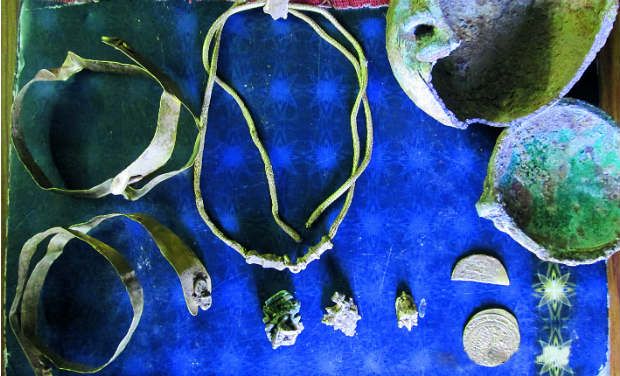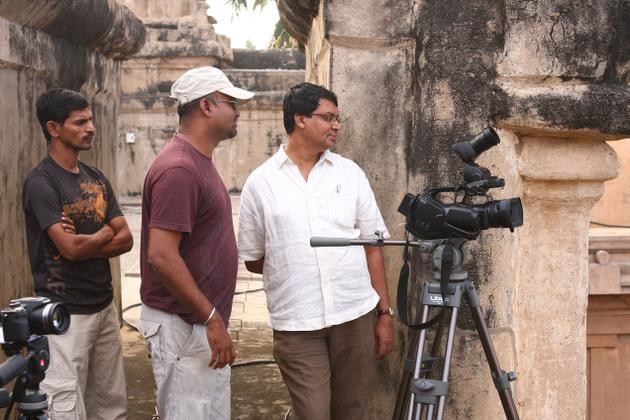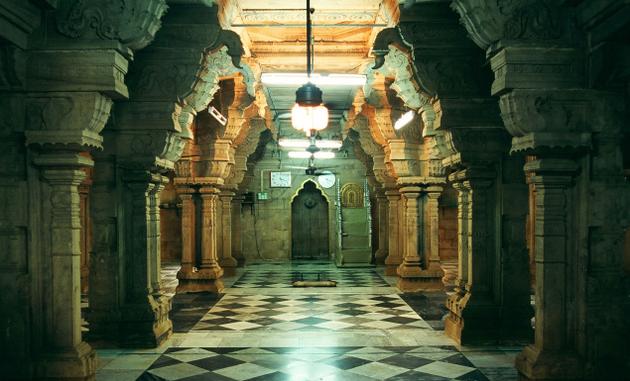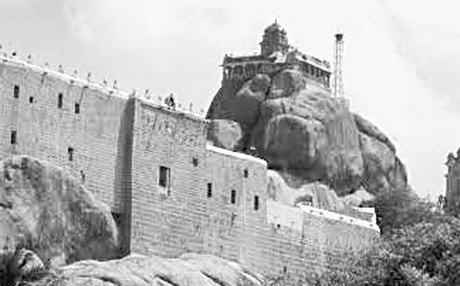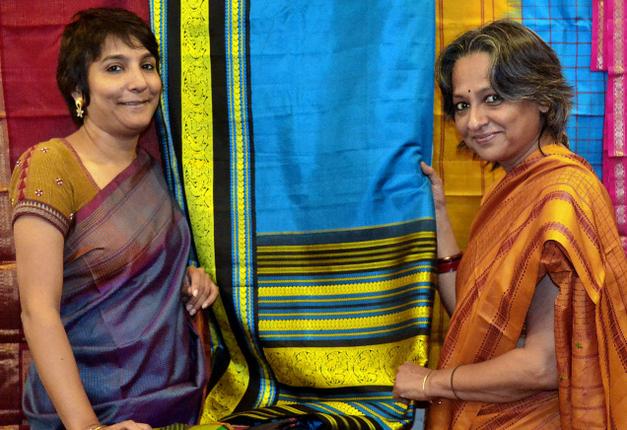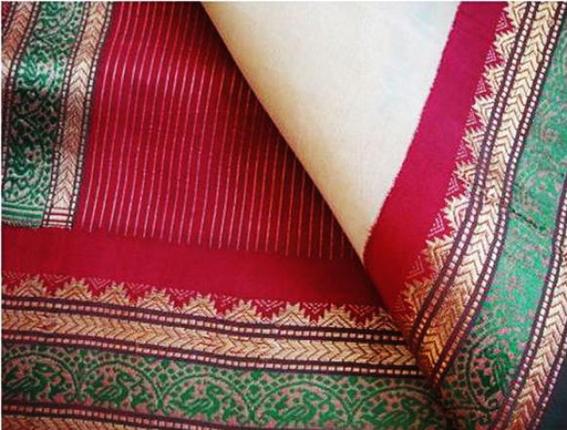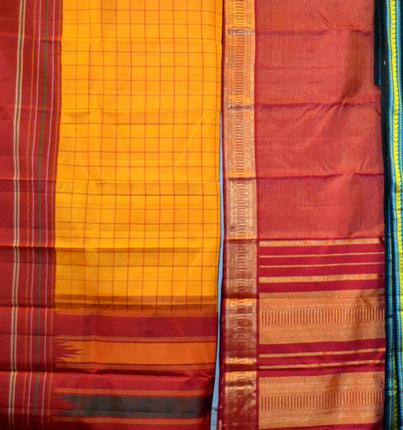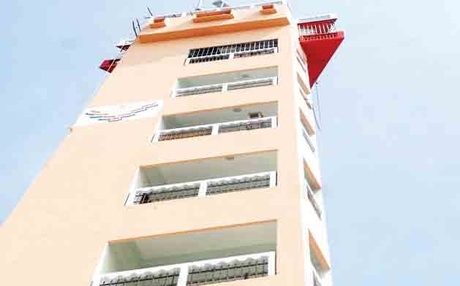Tirunelveli :
On the dark roofs of old, derelict temples hang these nocturnal mammals, oblivious to the buzz during day. As sun sets, they leave their abode and chart their path using their echolocation instincts. The seemingly insignificant bird, however, plays a pivotal role in agrarian ecology as it can check the growth of pests. However, the habitat of temple bats is in danger as many old temples are being renovated across the southern region.
The number of bats residing in temples has fallen drastically from 4,166 to hardly 2,000 within one year, says a recent study carried out by M Mathivanan, a member of Ashoka Trust for Research in Ecology (ATREE), and two foreign volunteers. The previous study was carried out a year back. Most of the 61 temples visited by the team in Tirunelveli and Tuticorin, were a century to a millennia old.![]()
“Lot of renovation is carried out in temple towers. This is destroying the habitat of temple bats. They leave as the once-dark spaces are illuminated after renovation and the rough surface where they perch is polished. It is difficult to hang from smooth ceilings and bright light scares them,” Mathivanan explained.
Experts said disappearance of bats will definitely impact agriculture. “Every bat consumes approximately 600 insects per hour and most bat species feed on insects. They play a crucial role in controlling pests in the field and environment in general,” said R Marimuthu of Zoo Outreach Organisation. “The fruit-eating bats on the other hand are crucial for pollination. The seeds are germinated better in their guts, hence they help in reviving forest species,” he pointed out.
Till a few decades back farmers used bat droppings as nutrients for chilly cultivation, the study noted. Rakshamuthu, a farmer of Ayansingampatti, said they used to collect the droppings from forests as well as temples. “Bat droppings should be mixed with cow dung as using the former alone would prove to be an overdose for plants due to its nutrient profusion. One sack of droppings will be enough for one acre and it was used predominantly in chilly cultivation. The practice disappeared with the usage of modern chemical fertilisers,” the old farmer recalled.
ATREE has decided to test bat droppings in agriculture. “We are testing it on paddy because most chilly farms in this region have been turned into paddy fields,” Mathivanan said.
Though temples need timely renovation, conservationists advocated that bat habitats could still be saved by avoiding lights on renovated towers. Further, bat houses could be established near agricultural fields so that they stay near the fields, helping pollination and pest control. “Considering the contribution of bats to ecology, we have decided to promote awareness on the need to conserve temple bats and their habitat in the region. We hope using bat droppings in paddy cultivation will yield good results,” Mathivanan added.
Factfile:
* The bat species found in temples: Schneider’s leaf-nosed bat (Hipposideros speoris), Greater False Vampire Bat (Megaderma iyra), Leschenault’s rousette (Rousettus leschenaultii), Black-bearded tomb bat (Taphozous melanopogon) and Egyptian free-tailed bat (Tadarida aegyptiaca)
* Leschenault’s rousette is a fruit-eating one, while the rest are insectivores
* Insectivorous bats help to check growth of pests, while fruit-eating bats help in pollination and germination
* The number of temple bats declined by half in the last two years – from 4,116 to 2,000
* Study covered 61 temples in Tirunelveli and Tuticorin districts
source: http://www.articles.timesofindia.indiatimes.com / The Times of India / Home> City> Madurai> Renovation / by J. Arockiaraj, TNN / December 03rd, 2013
